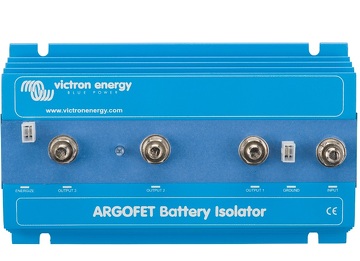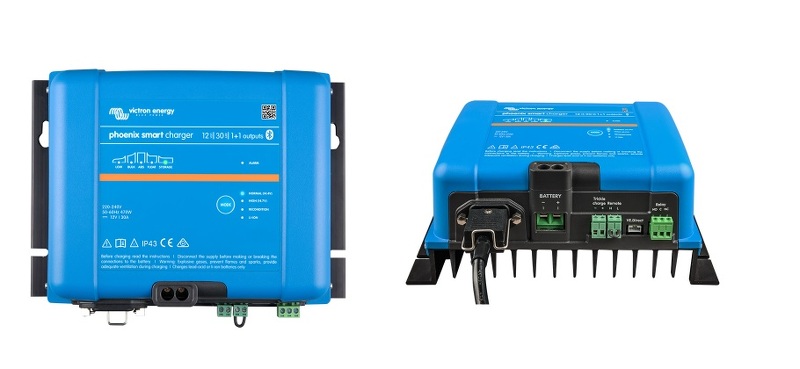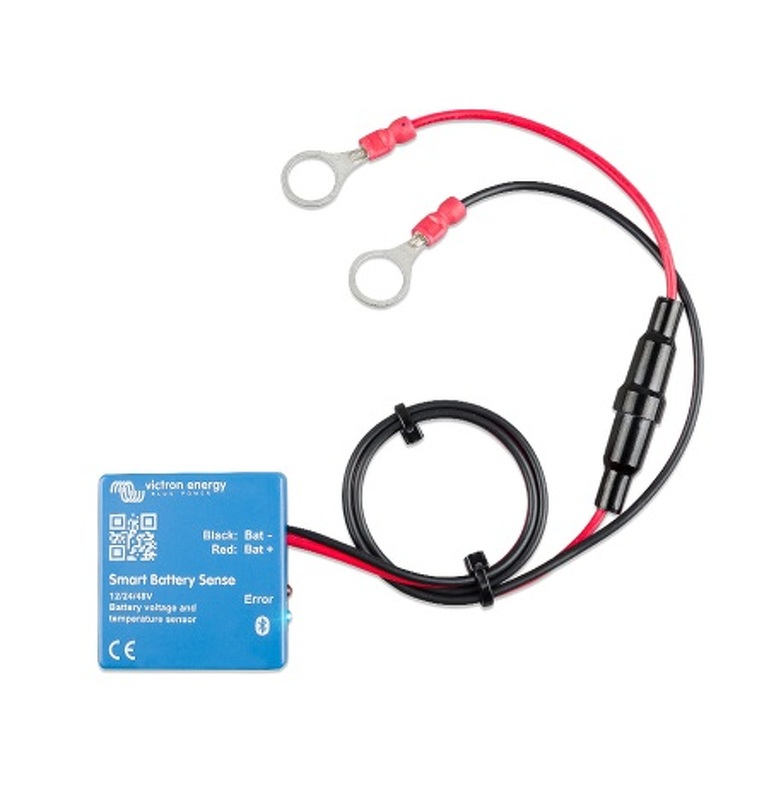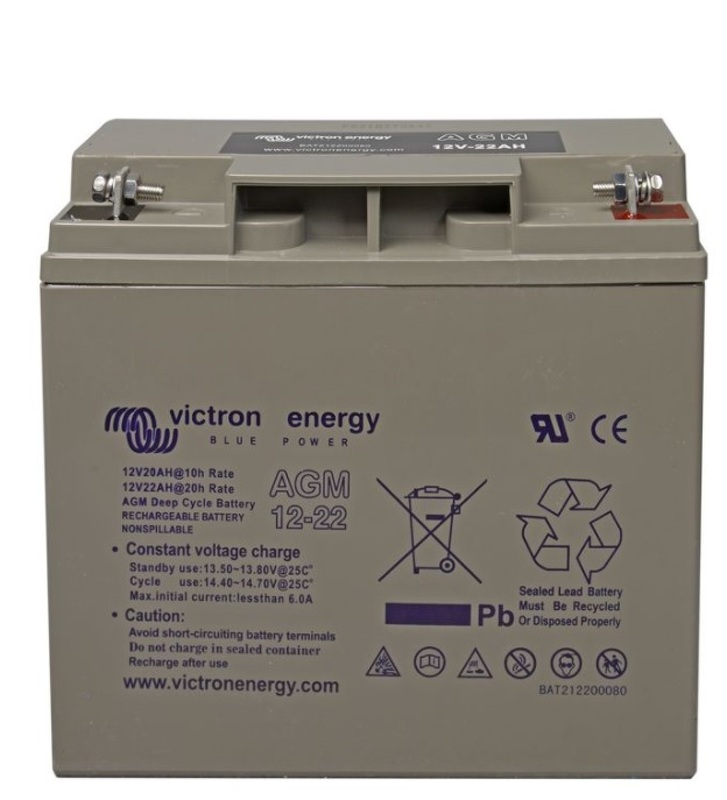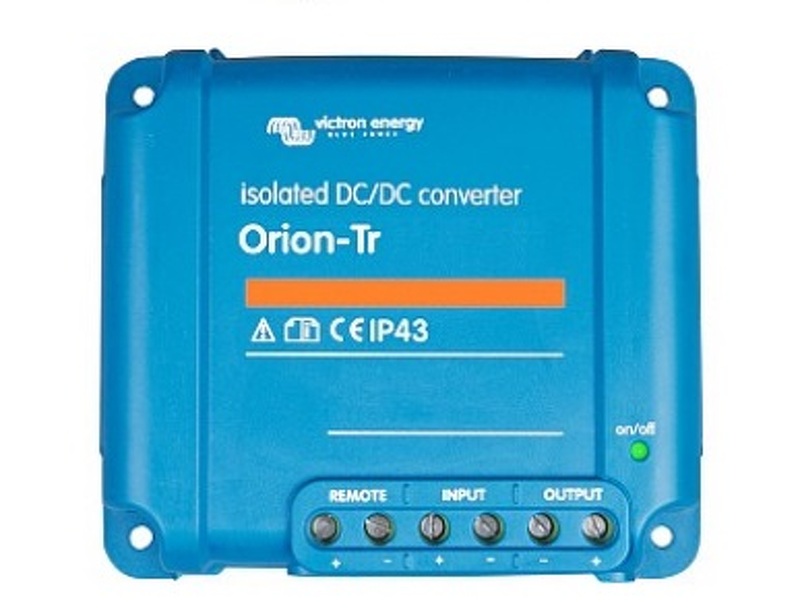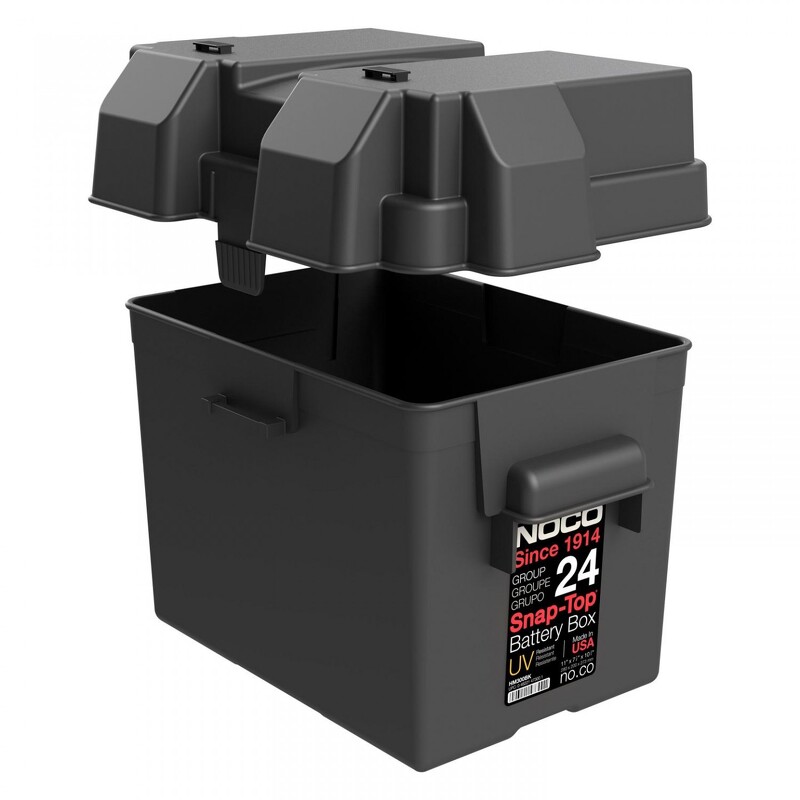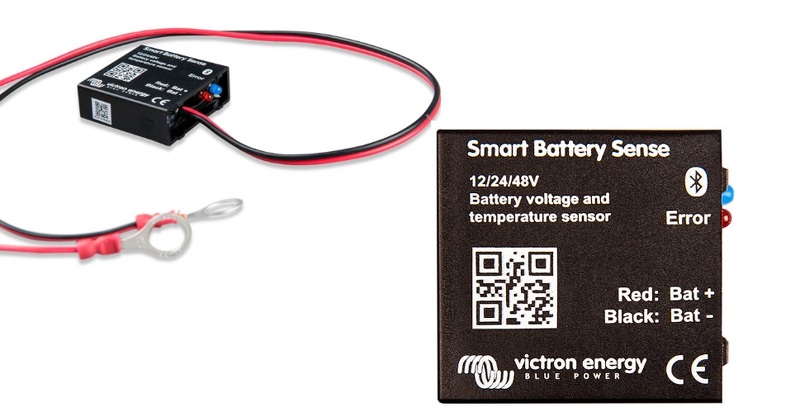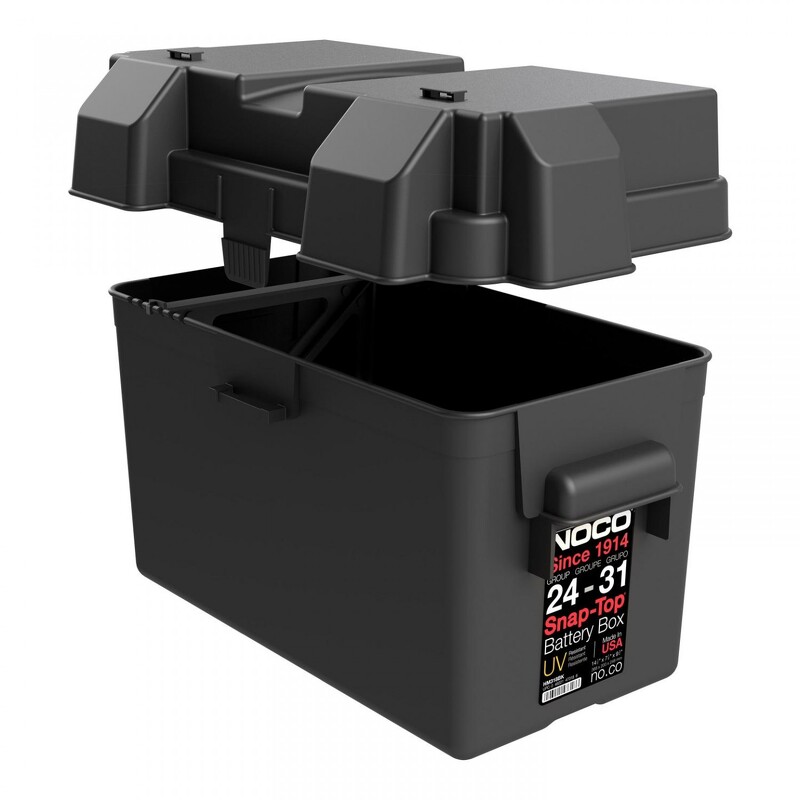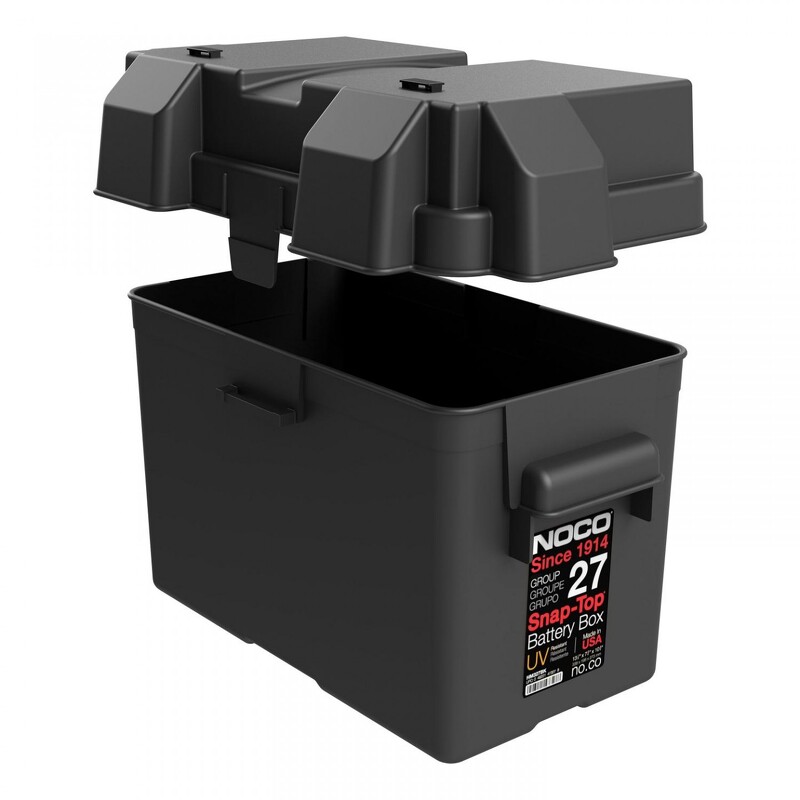Call us:
-
Home
addremove
- BOAT CHAINSaddremove
- MARINE SAFETYaddremove
- CABLES AND RIGGINGaddremove
- CORDAGEaddremove
- LIFTING AND HIGH RESISTANCEaddremove
- SAFETY CLOTHINGaddremove
- NAVAL HARDWAREaddremove
- FLOTATION AND BUOYAGEaddremove
- NETSaddremove
- FISHING GEAR
- HOOKS AND LONGLINEaddremove
-
menu title
addremove
- MEN WEARaddremove
- BOAT WEARaddremove
- WOMEN WEARaddremove
- KID WEARaddremove
- LUGGAGEaddremove
-
menu title
addremove
- REFRIGERATORS
- SAILING EQUIPMENTaddremove
- MARKING AND ANCHORAGE
- CABLE AND RIGGINGaddremove
- CLAMPS
- ELECTRICITY AND POWERaddremove
- INTERIOR EQUIPMENTaddremove
- DECK EQUIPMENTaddremove
- MARINE ELECTRICSaddremove
- PERSONAL EQUIPMENTaddremove
- ANCHORINGaddremove
- MOTORAUTICSaddremove
- DECORATIVE INSTRUMENTATIONaddremove
- WATER ON BOARDaddremove
- CLEANING AND MAINTENANCEaddremove
- DECORATION AND GIFTSaddremove
- NAUTICAL EQUIPMENTaddremove
- CAPESaddremove
- menu title
-
menu title
addremove
- FISHING HARDWAREaddremove
- NATURAL BAITSaddremove
- REELSaddremove
- FISHING CLOTHINGaddremove
- RODSaddremove
- BAITSaddremove
- ARTIFICIAL BAITSaddremove
- CUTTLEFISHaddremove
- RAPALA
- ZENITH Z-CLAW
- SPINNING FISHaddremove
- FLIES AND STREAMERS
- LIGHT TROLLING
- WALKERS
- RIVER TEASPOONSaddremove
- POPPERS
- PULPERS
- ISCABELLA AND RAGLOUSaddremove
- INCHIKU
- ROCK FISHING
- SEA TROLLING
- VINYLSaddremove
- HANDCRAFTED ARTIFICIAL BAITS
- DUEL ARTIFICIAL BAITS
- YO-ZURI ARTIFICIAL BAITS
- JIGGING ARTIFICIAL BAITS
- CEPHALOPOD
- SPORT FISHING - ACCESSORIESaddremove
- MAINTENANCE AND SPARE PARTSaddremove
- BAITSaddremove
- THREADS AND FISHING LINESaddremove
- HOOKS FOR ARTIFICIAL
- LOW LINE
- SHORE TROLLING
- FLORIDECARBON
- FOLDING MACHINES
- SUPPORTS FOR RODS
- SPORT FISHING BOXES -ACCESSORIES
- SPORT FISHING BAGS AND BACKPACKS - ACCESSORIES
- SPORT FISHING COVERS - ACCESSORIES
- SPORT FISHING KEYRINGS - ACCESSORIES
- SPORT FISHING BOXES AND LUGGAGE -ACCESSORIES
- SPORT FISHING WATERWINGS AND ACCESSORIES - ACCESSORIES
- BASS AND MOUNTED TACKLES SPORT FISHING-ACCESSORIES
- VARIOUS SPORT FISHING - ACCESSORIES
- WEIGHTS SPORT FISHING-ACCESSORIES
- SPORT FISHING SWIVEL AND CARABINERS - ACCESSORIES
- NATURAL BAIT SPORT FISHING ACCESSORIES - ACCESSORIES
- TROLLING DEEP SEA FISHING-ACCESSORIES
- LINES AND BASS SPORT FISHING-ACCESSORIES
- LIGHTS AND FLASHLIGHTS SPORT FISHING-ACCESSORIES
- SPORT FISHING TOOLS SPORT FISHING -ACCESSORIES
- SPORT FISHING HOOKS -ACCESSORIES
- BRAIDED SPORT FISHING-ACCESSORIES
- SPORTS FISHING SCALES-ACCESSORIES
- LANDING NETS SPORT FISHING-ACCESSORIES
- SPORT FISHING TOOLS - ACCESSORIES
- SPORT FISHING SUPPORTS FOR BOXES - ACCESSORIES
- SPORT FISHING POLARIZED SUNGLASSES - ACCESSORIES
- SPEAR FISHINGaddremove
BATTERIES
-
NAUTICAL CLOTHING
- BOAT WEAR
- KID WEAR
- LUGGAGE
- MEN WEAR
- WOMEN WEAR
-
NAUTICAL SPORTS
- ANCHORING
- CABLE AND RIGGING
- CAPES
- CLAMPS
- CLEANING AND MAINTENANCE
- DECK EQUIPMENT
- DECORATION AND GIFTS
- DECORATIVE INSTRUMENTATION
- ELECTRICITY AND POWER
- INTERIOR EQUIPMENT
- MARINE ELECTRICS
- MARKING AND ANCHORAGE
- MOTORAUTICS
- NAUTICAL EQUIPMENT
- PERSONAL EQUIPMENT
- REFRIGERATORS
- SAILING EQUIPMENT
- WATER ON BOARD
- NAUTICAL SUPPLIES
-
SPORT FISHING
- ARTIFICIAL BAITS
- BAITS
- FISHING CLOTHING
- FISHING HARDWARE
- NATURAL BAITS
- REELS
- RODS
- SPEAR FISHING
-
SPORT FISHING - ACCESSORIES
- BAITS
- BASS AND MOUNTED TACKLES SPORT FISHING-ACCESSORIES
- BRAIDED SPORT FISHING-ACCESSORIES
- FLORIDECARBON
- FOLDING MACHINES
- HOOKS FOR ARTIFICIAL
- LANDING NETS SPORT FISHING-ACCESSORIES
- LIGHTS AND FLASHLIGHTS SPORT FISHING-ACCESSORIES
- LINES AND BASS SPORT FISHING-ACCESSORIES
- LOW LINE
- MAINTENANCE AND SPARE PARTS
- NATURAL BAIT SPORT FISHING ACCESSORIES - ACCESSORIES
- SHORE TROLLING
- SPORT FISHING BAGS AND BACKPACKS - ACCESSORIES
- SPORT FISHING BOXES -ACCESSORIES
- SPORT FISHING BOXES AND LUGGAGE -ACCESSORIES
- SPORT FISHING COVERS - ACCESSORIES
- SPORT FISHING HOOKS -ACCESSORIES
- SPORT FISHING KEYRINGS - ACCESSORIES
- SPORT FISHING POLARIZED SUNGLASSES - ACCESSORIES
- SPORT FISHING SUPPORTS FOR BOXES - ACCESSORIES
- SPORT FISHING SWIVEL AND CARABINERS - ACCESSORIES
- SPORT FISHING TOOLS - ACCESSORIES
- SPORT FISHING TOOLS SPORT FISHING -ACCESSORIES
- SPORT FISHING WATERWINGS AND ACCESSORIES - ACCESSORIES
- SPORTS FISHING SCALES-ACCESSORIES
- SUPPORTS FOR RODS
- THREADS AND FISHING LINES
- TROLLING DEEP SEA FISHING-ACCESSORIES
- VARIOUS SPORT FISHING - ACCESSORIES
- WEIGHTS SPORT FISHING-ACCESSORIES
ARGOFET VICTRON BP SPLITTER 2 BATTERIES 100 A
Reference: IP010042
€127.00
Tax included
Dimensions 65x120x200mm. Weight 1.4 kg. Like the diode bridges, the Argo FET bridges allow two or more batteries to be charged simultaneously from a single alternator (or from a single charger) without connecting the batteries together. In contrast to diode bridges, FET bridges have the advantage of virtually zero voltage loss: The voltage drop is less than 0.02 V at low currents and averages 0.1 ...
If the shipment is outside spain, the price of the transport can change according to the weight.
Dimensions 65x120x200mm. Weight 1.4 kg. Like the diode bridges, the Argo FET bridges allow two or more batteries to be charged simultaneously from a single alternator (or from a single charger) without connecting the batteries together. In contrast to diode bridges, FET bridges have the advantage of virtually zero voltage loss: The voltage drop is less than 0.02 V at low currents and averages 0.1 ...

Dimensions 65x120x200mm. Weight 1.4 kg. Like the diode bridges, the Argo FET bridges allow two or more batteries to be charged simultaneously from a single alternator (or from a single charger) without connecting the batteries together. In contrast to diode bridges, FET bridges have the advantage of virtually zero voltage loss: The voltage drop is less than 0.02 V at low currents and averages 0.1 ...
14 other products in the same category:
Availability: Out of stock
This 5-step adaptive charger provides 30A or 50A of charge to each of three battery banks. Or the Phoenix 1+1 model provides 3A to the starting battery and the rest to the “home” bank. 24V models are available with 16A/25A charging. Bluetooth is available so you can control the charger and set alarms directly from your phone. Adaptive, intelligent and dynamic charging functions...
batteries
Availability: 2 In Stock
...
batteries
Availability: 1 In Stock
(The images shown are indicative, they may not correspond exactly to the characteristics of the AGM Deep Cycle 12V/22Ah battery). VRLA AGM: useful life of 7 to 10 years. Weight 6 kg. The AGM range has a very low internal resistance, making them very suitable for uses involving high discharge current, such as inverters, drives and starters. The GEL range offers the best deep cycle durability and longest life. Due to the use of high purity materials and lead-calcium grids, AGM and GEL batteries have a very low self-discharge, allowing long periods of storage without charging. Both ranges have flat copper terminals with M8 studs, ensuring the best possible contact and eliminating the need for battery posts. The batteries comply with CE and UL regulations and their containers are made of fi...
batteries
Availability: 2 In Stock
batteries
Availability: 8 In Stock
...
batteries
Availability: Out of stock
Smart Battery Sense is a wireless battery voltage and temperature sensor for Victron MPPT solar chargers. With the temperature and voltage sensor, batteries will be better charged, charging efficiency will be increased and battery life will be extended. the battery. By measuring the voltage at the terminals of the battery bank, errors resulting from loss of voltage due to cable resistance are avoi...
batteries
Availability: Out of stock
batteries
batteries
Availability: Out of stock
(The images shown are indicative, they may not correspond exactly to the characteristics of the AGM Deep Cycle 12V/22Ah battery). VRLA AGM: useful life of 7 to 10 years. Weight 6 kg. The AGM range has a very low internal resistance, making them very suitable for uses involving high discharge current, such as inverters, drives and starters. The GEL range offers the best deep cycle durability and longest life. Due to the use of high purity materials and lead-calcium grids, AGM and GEL batteries have a very low self-discharge, allowing long periods of storage without charging. Both ranges have flat copper terminals with M8 studs, ensuring the best possible contact and eliminating the need for battery posts. The batteries comply with CE and UL regulations and their containers are made of fi...
batteries
Availability: 93 In Stock
batteries
VICTRON BP PHOENIX 12/1200 VE DIRECT SCHUKO...
Price
€485.00
- Add to cart
- Añadir a la lista de deseos
Availability: Out of stock
Inverters allow you to power 230V/120V AC household equipment with “service” or “automotive” batteries rated at 12V, 24V or 48V DC. Dimensions 117 x 232 x 327. Weight 7.4 kg. The VE.Direct port can be connected to:- A computer (VE.Direct to USB interface cable is required)- Apple and Android smartphones, tablets, mackbooks and other devices (VE.Direct to Bluetooth Smart dongle required) Fu...
batteries
Availability: Out of stock
It has Soft-start, a soft and delayed start-up system that analyzes the loads that exist at the unit's output to gradually supply the required voltage, reducing the unit's consumption. Includes LED display that indicates current consumption. Great reliability complying with TUV certification. MODIFIED WAVE The modified wave generates an output of small square waves that, when added togethe...
batteries
Availability: 1 In Stock
...
batteries
Availability: Out of stock
 Cookie preferences
Cookie preferences

